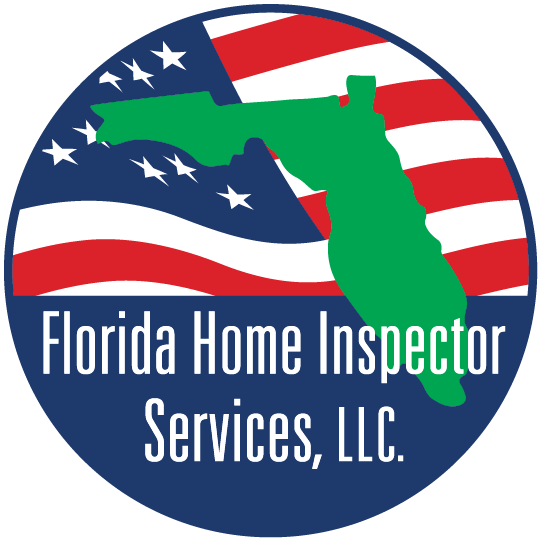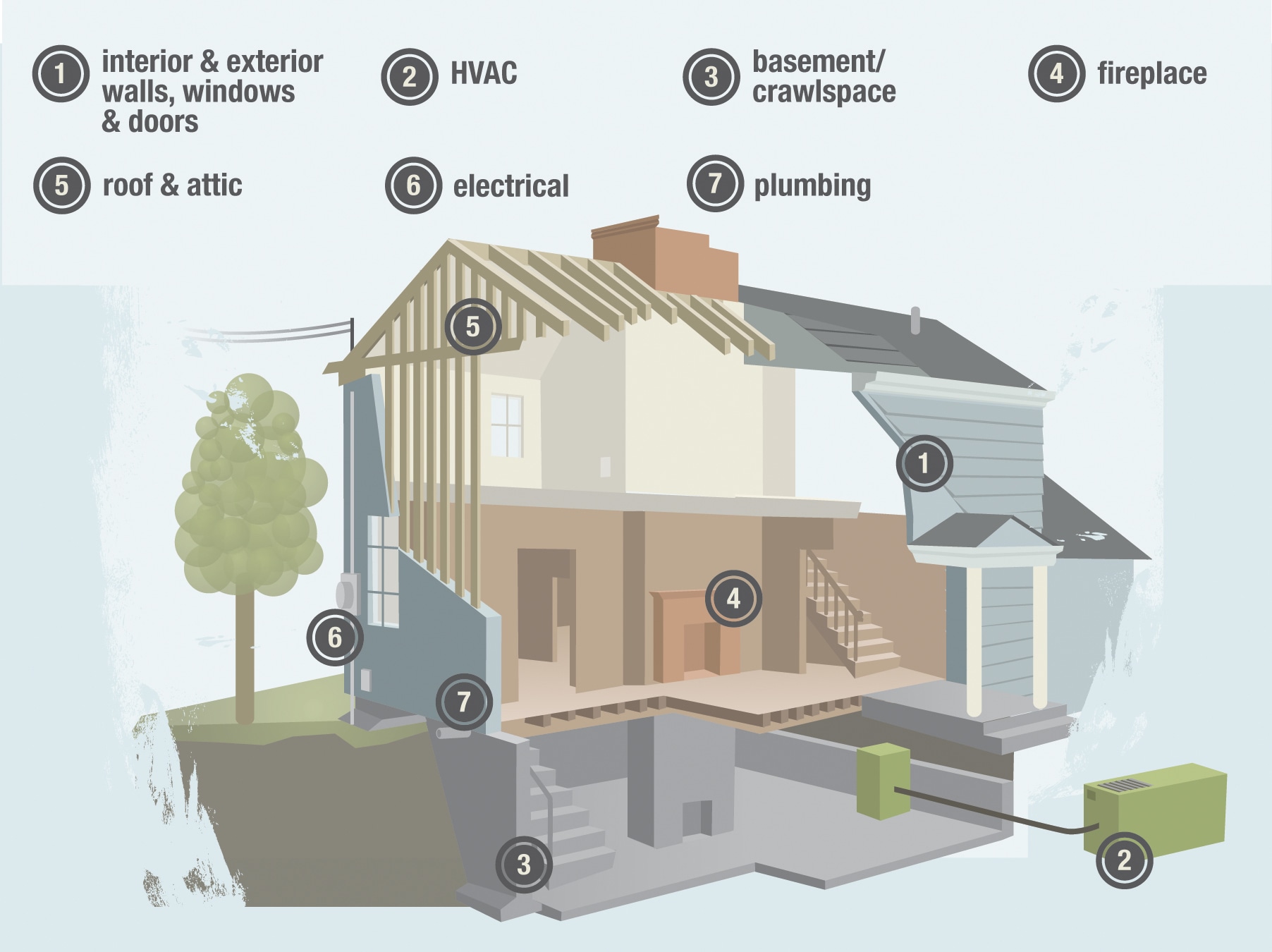-
What do home inspectors look for?
Qualified, experienced and certified home inspectors are usually hired to provide their educated observations about the condition of the house before it is being contractually purchased. The home inspection report provided to the buyer is loaded with information on the structure and its components.
The home inspection report is limited to making the buyer aware of the current condition of the property, its problems and what should be addressed before closing on the property.
Knowing what is being covered in the inspection is important information to know. The inspector will not offer any advice pertaining to the purchase of the property. It will not contain the cost of any repairs for issues found in the inspection report. A professional home inspection generally does not include irrigation, septic systems, air ducts, pests or mold. It is normally limited to the main dwelling itself and not outbuildings.
Any concerns such as outside vegetation and poor drainage systems will be conveyed in the inspectors report only if it effects on the condition of the building. Here are a few items that inspectors are looking for during a home inspection.
1. Faulty wiring. Homeowner additions to a home are the most common defects or issues with the electrical system, especially in older homes that had several owners. Electrical system problems are safety related and the repairs will require immediate attention.
2. Roof problems. Many issues can be found in the roofing area. It can range from the roof being improperly installed, flashing issues, aging surfaces and areas with wind damage. Repairs can be simple to the whole roof needing to be replaced.
3. Heating/cooling system defects. Issues can range from an aging system needing to be repaired or replaced to improper installations or inadequate maintenance.
4. Plumbing issues. Some common defects are leaking fixtures, outdated plumbing lines and problematic systems.
5. Poor drainage around the structure. Rain water needs to drain away from the main structure to prevent water from settling near or entering the home. By adding gutters and downspouts sometimes can correct the structures drainage issues.
6. Air and water penetrating cracks. Structure cracks and separations at the windows or foundation can allow water into any wall cracks, which is extremely favorable to mold growth. Signs of mold growth signifies the latest environmental issues that may need immediate attention.



